Adversarial Machines



Adversarial Machines
There’s been some interesting developments recently in adversarial training, but I thought it would probably be a good idea to first talk about what adversarial images are in the first place. This Medium article by @samim is an accessible explanation of what’s going on. It references this talk by Ian Goodfellow, asking if statistical models understand the world.
Machine learning can do amazing magical things, but the computer isn’t looking at things the same way that we do. One way to exploit that is by adding patterns that we can’t detect but that create enough of a difference in the data to completely fool the computer. Is it a dog or an ostrich?
There’s been quite a lot of research into finding ways round this problem as well as exploiting it to avoid facial recognition or other surveillance. And, like I said, there’s been some interesting recent developments that I hope to talk about here.
https://medium.com/@samim/adversarial-machines-998d8362e996#.n7j43766v
More Posts from Laossj and Others





Class Zero
Tele-Present Water by David Bowen
I rarely use the phrase ‘mind blown’, but this is one of those rare occurrences.
An art installation which combines real-time data, mechanical puppetry, and a physical grid representation usually employed virtually with computers:
This installation draws information from the intensity and movement of the water in a remote location. Wave data is being collected in real-time from National Oceanic and Atmospheric Administration data buoy station 46246, 49.985 N 145.089 W (49°59'7" N 145°5'20" W) on the Pacific Ocean. The wave intensity and frequency is scaled and transferred to the mechanical grid structure resulting in a simulation of the physical effects caused by the movement of water from halfway around the world.
Link to the artist’s website for this work can be found here
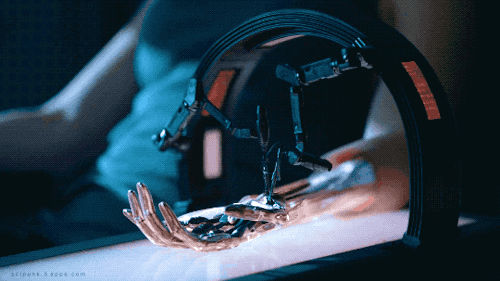
SP. 114 - Ghost in the Shell (2017)
Repairing the robotic hand.




Human Pose Detection - Mining Body Language from Videos
Machine Learning investigation from samim examines body language in video using recently released open-source code library OpenPose:
From Gene Kelly’s Step-Dance to Bruce Lee’s Kung-Fu — iconic movement has made history. Communicating through Body Language is an ancient art form, currently evolving in fascinating ways: Computationally detecting human body language is becoming effective and accessible. This experiment explores enabling technologies, applications & implications.
For over 20 years, Motion Capture has enabled us to record actions of humans and then use that information to animate a digital character or analyse poses. While movie makers and game developers embraced such technologies — it until recently required expensive equipment which captured only few aspects of the overall performance.
Today, a new generation of machine learning based systems is making it possible to detect human body language directly from images. A growing number of research papers and open-source libraries addresses key aspects: Body, Hand, Face, Gaze Tracking. Identity, Gender, Age, Emotion and Muscle strain Detection. Action Classification & Prediction. We now can…
More Here
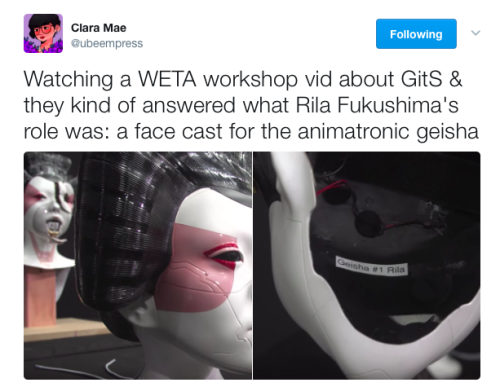
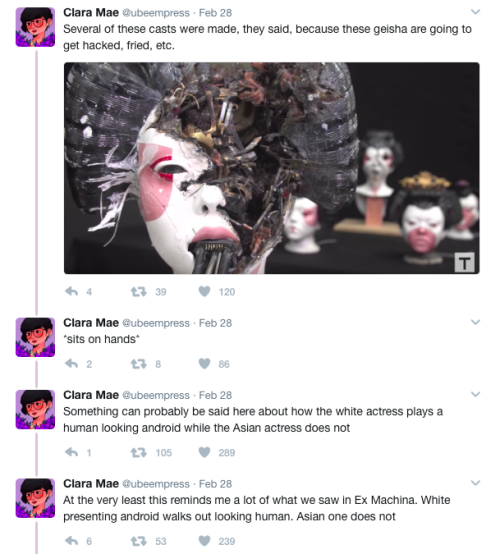
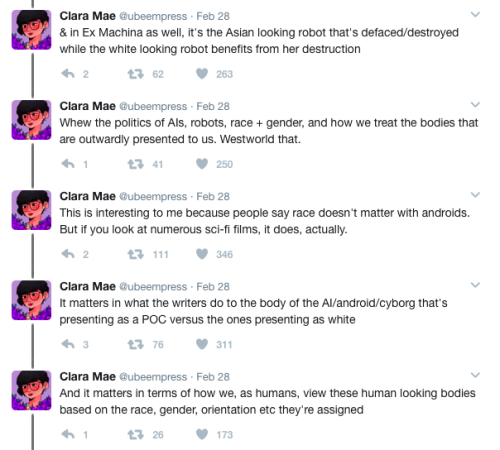
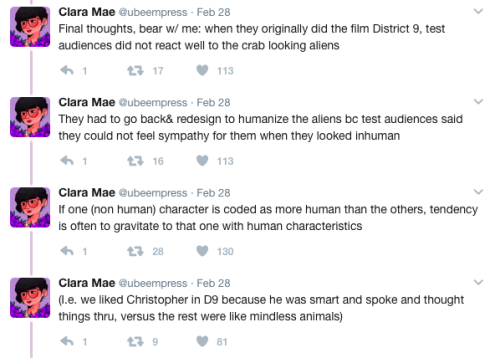
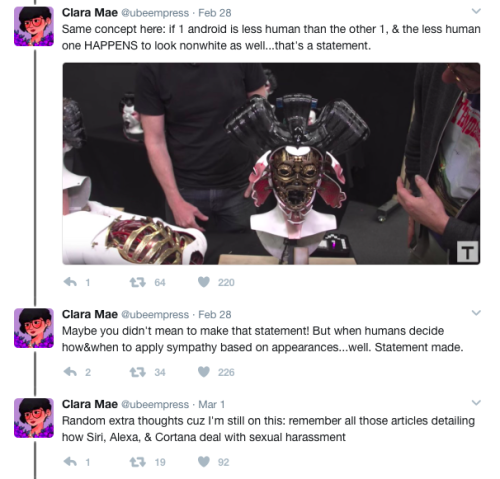

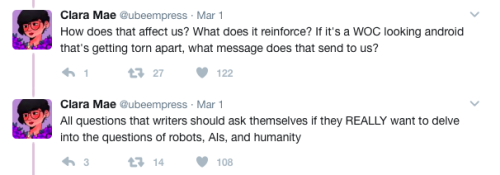
Clara Mae’s brilliant thoughts on race, gender, and AI in film
“Job Done” - RTS Prototype
Worked on the basics of a Real Time Strategy game prototype today, with selecting and commanding units, and worker units automatically searching for resources on the map, mining them, and returning to their base to store the resources gathered.

继续阅读




Skateboarding Visualizations v1
Project from Convivial Studios and Pier 9 attach sensors to skateboards to capture movement data to create 3D printed sculptures:
The hidden science and art underlying skateboard tricks is a source of fascination. We created motion tracking device to get data about the skateboard position during the execution of tricks. The data and trails of the tricks are then used to create sculptures and immortalize the motion of the skateboard and the style of the individual skateboarder. Amongst the possible applications for this project, this work focused on creating artistic visualizations from skateboard tricks.
More info including links to tutorials can be found here
This nanochip reprograms cells to heal organs. The tissue nanotransfection device is a noninvasive nanochip that transports genes to cells through an electrical charge.
follow @the-future-now
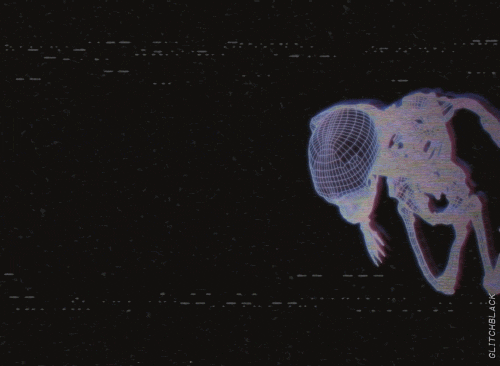
HOVER BONES
Plus check out Glitch Black’s music on Bandcamp!









‘Overwatch’ fan Chris Guyot created adorable, minimalist animations of the game’s heroes
follow @the-future-now
-
 aamoris liked this · 6 years ago
aamoris liked this · 6 years ago -
 aurea-corde reblogged this · 7 years ago
aurea-corde reblogged this · 7 years ago -
 dreamblisslove liked this · 7 years ago
dreamblisslove liked this · 7 years ago -
 twinkcreationist liked this · 7 years ago
twinkcreationist liked this · 7 years ago -
 totalmentaloverflow reblogged this · 7 years ago
totalmentaloverflow reblogged this · 7 years ago -
 ruingaraf reblogged this · 7 years ago
ruingaraf reblogged this · 7 years ago -
 fimpko liked this · 7 years ago
fimpko liked this · 7 years ago -
 physicsphreak-blog liked this · 7 years ago
physicsphreak-blog liked this · 7 years ago -
 andluckier liked this · 7 years ago
andluckier liked this · 7 years ago -
 buidoi49reblog-blog reblogged this · 7 years ago
buidoi49reblog-blog reblogged this · 7 years ago -
 pseudo-ks liked this · 7 years ago
pseudo-ks liked this · 7 years ago -
 littlegfelicity-blog liked this · 7 years ago
littlegfelicity-blog liked this · 7 years ago -
 kaviinski liked this · 7 years ago
kaviinski liked this · 7 years ago -
 fabiodisconzi liked this · 7 years ago
fabiodisconzi liked this · 7 years ago -
 tophatsquidart-blog liked this · 8 years ago
tophatsquidart-blog liked this · 8 years ago -
 saratimes liked this · 8 years ago
saratimes liked this · 8 years ago -
 laossj reblogged this · 8 years ago
laossj reblogged this · 8 years ago -
 laossj liked this · 8 years ago
laossj liked this · 8 years ago -
 blogofthebrave reblogged this · 8 years ago
blogofthebrave reblogged this · 8 years ago -
 blogofthebrave liked this · 8 years ago
blogofthebrave liked this · 8 years ago -
 m0rt4lk0mb4t1 liked this · 8 years ago
m0rt4lk0mb4t1 liked this · 8 years ago -
 mentaliongmai liked this · 8 years ago
mentaliongmai liked this · 8 years ago -
 helicoidcyme reblogged this · 8 years ago
helicoidcyme reblogged this · 8 years ago -
 moon-milkie reblogged this · 8 years ago
moon-milkie reblogged this · 8 years ago -
 moon-milkie liked this · 8 years ago
moon-milkie liked this · 8 years ago -
 teeththing liked this · 8 years ago
teeththing liked this · 8 years ago -
 glas-s-o liked this · 8 years ago
glas-s-o liked this · 8 years ago -
 wishuponawish reblogged this · 8 years ago
wishuponawish reblogged this · 8 years ago -
 genuinelytricked reblogged this · 8 years ago
genuinelytricked reblogged this · 8 years ago -
 shinyrock6498 reblogged this · 8 years ago
shinyrock6498 reblogged this · 8 years ago -
 siveambrai reblogged this · 8 years ago
siveambrai reblogged this · 8 years ago -
 catgirlconspiracy liked this · 8 years ago
catgirlconspiracy liked this · 8 years ago -
 darklordreasonable reblogged this · 8 years ago
darklordreasonable reblogged this · 8 years ago -
 datascience-from-the-trenches reblogged this · 8 years ago
datascience-from-the-trenches reblogged this · 8 years ago -
 atm-tmpt liked this · 8 years ago
atm-tmpt liked this · 8 years ago -
 psychochromatic reblogged this · 8 years ago
psychochromatic reblogged this · 8 years ago -
 darklordreasonable liked this · 8 years ago
darklordreasonable liked this · 8 years ago